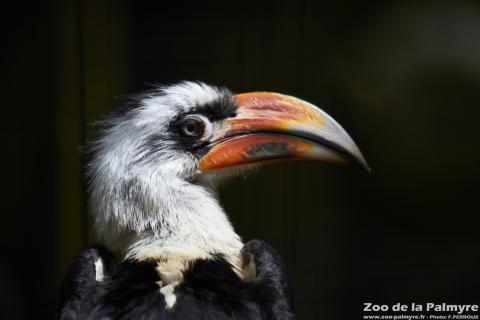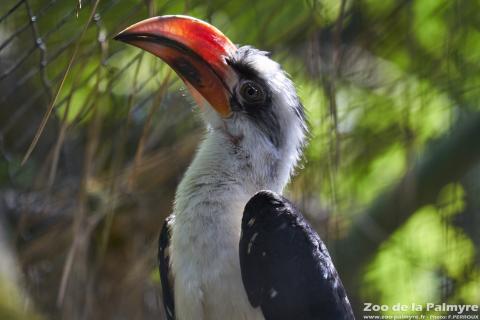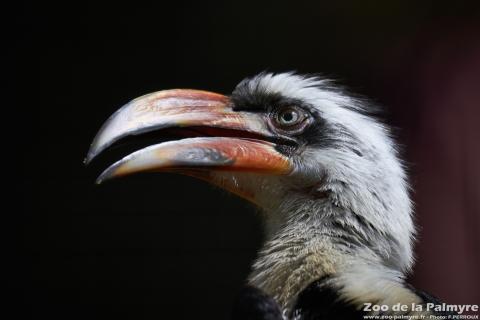Von der Decken’s hornbill

Von der Decken’s hornbill

-
Class
Aves -
Order
Bucerotiformes -
Familly
Bucerotidae
-
 35 cm
35 cm -
 120-210g
120-210g -
 30 days
30 days -
 2-4
2-4 -
 20 years
20 years
-
Diet
omnivorous (small animals, insects, fruits, seeds) -
Habitat
savannah and woodlands -
Range
eastern Africa (from central Tanzania to southeastern Ethiopia and Somalia) -
 This species is part of a European Breeding Program
This species is part of a European Breeding Program
-
Population in the wild
En diminution -
IUCN REDLIST status


There’s a striking relationship between Von der Decken’s Hornbills and Dwarf Mongooses who sometimes associate when searching for food. Both species regularly forage together in search of insects. Hornbills warn mongooses if raptors approach and it returns they feed on invertebrates hunted by the mongooses. Hornbills have even been seen calling for the mongooses if they didn’t rise early enough!
Laying occur between February and July in the northern part of its range, between November and March farther south. They typically include two eggs that will be incubated for thirty days by the female female sealed in a tree trunk cavity. The chicks leave the nest after about 50 days.
The hornbill family shows an impressive diversity of size among species. The smallest specimens belong to the genus Tockus, which include 13 species, and weigh a mere hundred grams.





